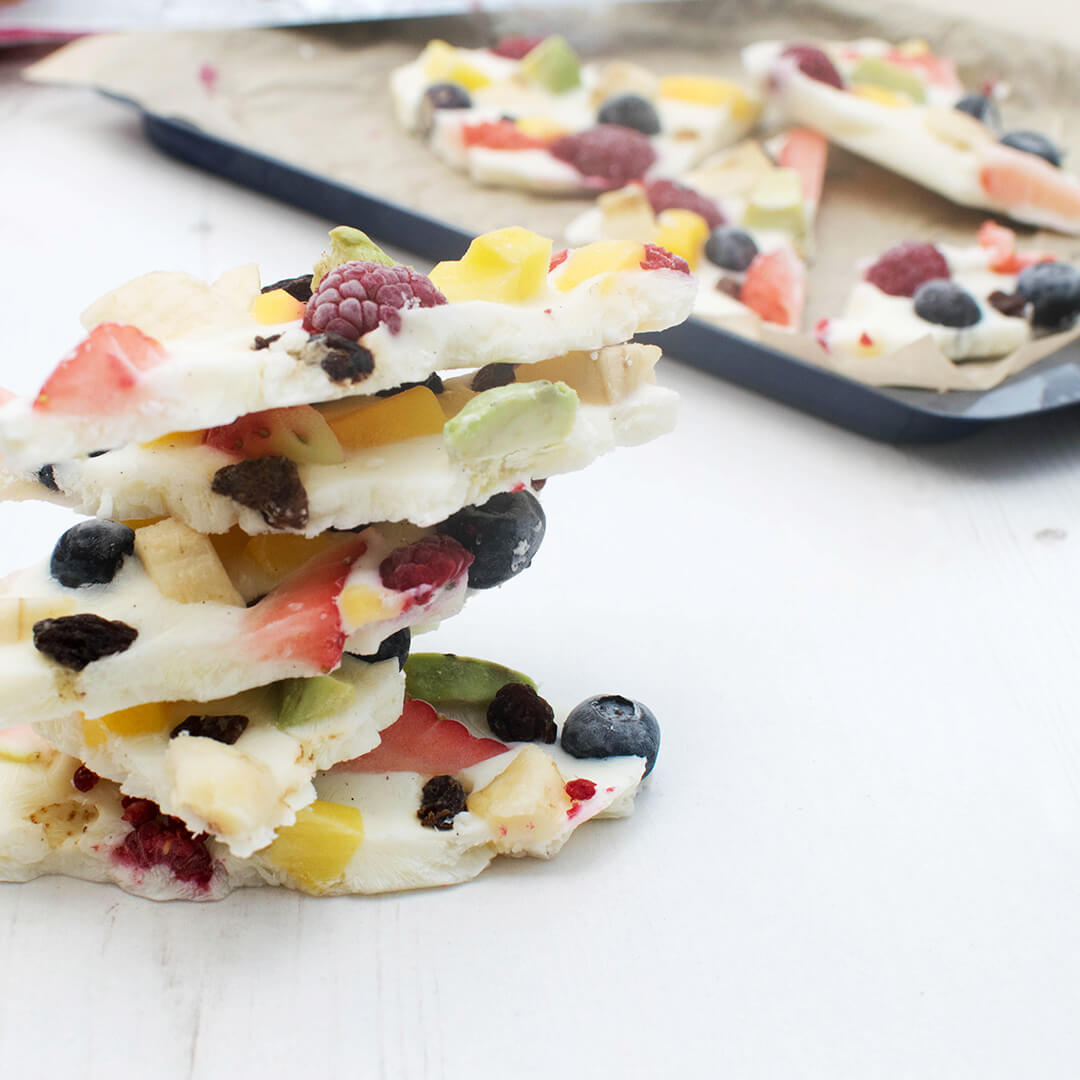Introducing yoghurt: Go for plain, unsweetened yoghurt without any added sugars or artificial additives. And look for varieties containing ‘live’ or ‘active’ cultures for added health benefits.
There are different ways to include yoghurt in your baby’s diet, depending on their age and needs.
Find ideas for each age group below.




